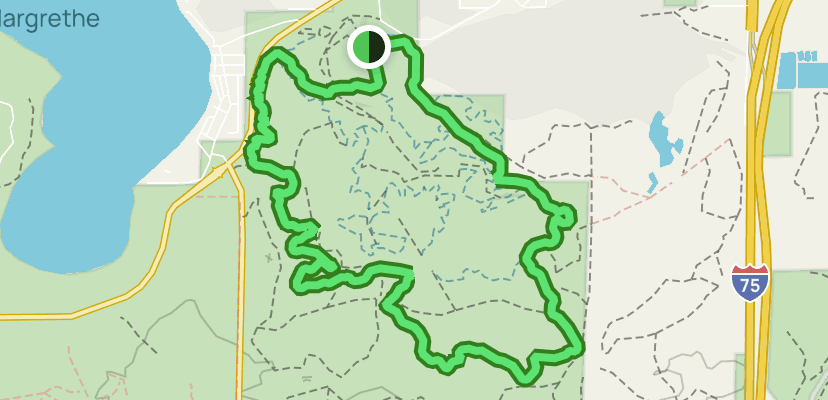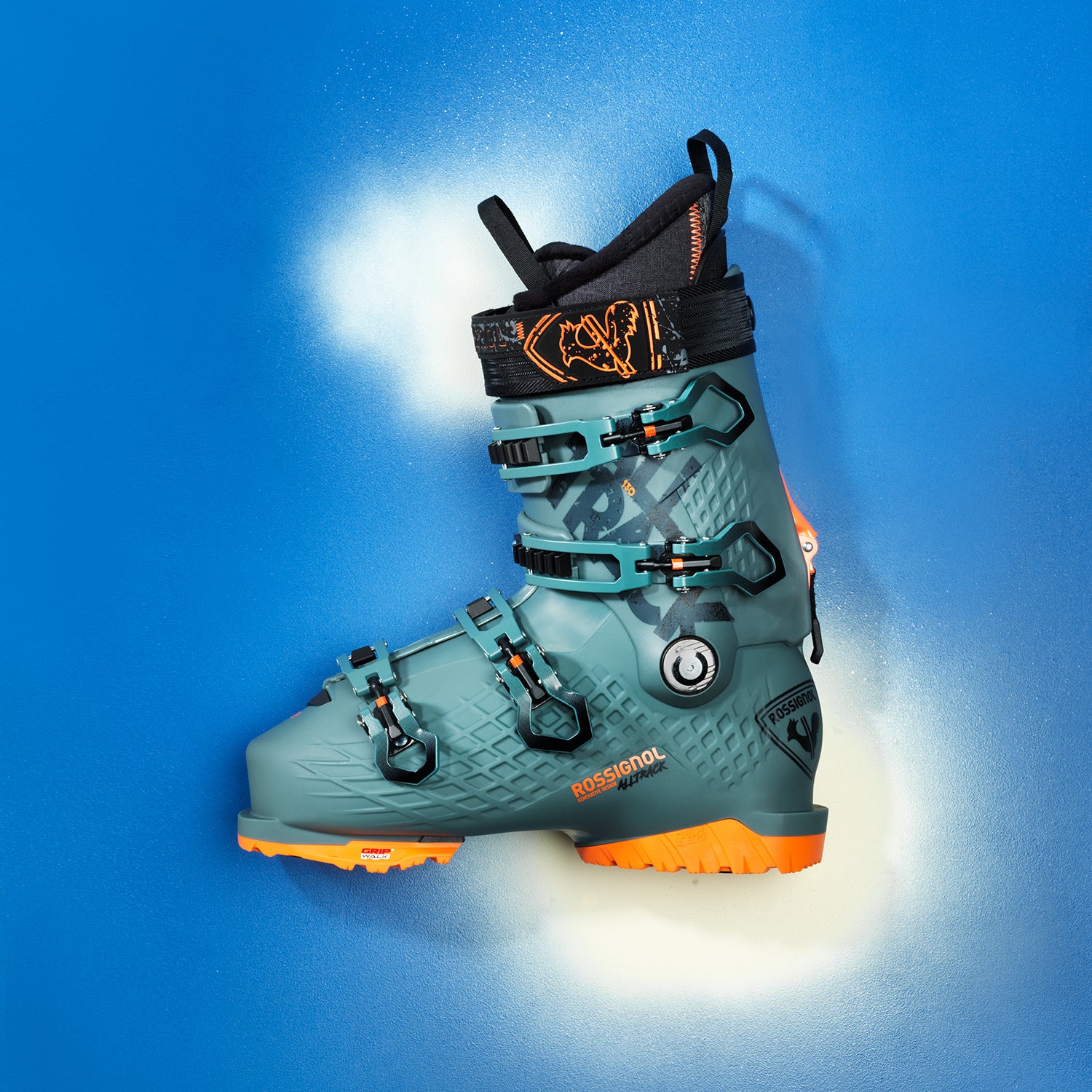
A half-pipe, a channel in the shape of a U with smooth walls is used by snowboarders and freestyle skiers to perform aerial moves. This is a very popular sport in ski resorts around the world and is used often by professional riders to practice their skills before competing.
There are two types if half pipes: temporary or permanent. For the temporary half-pipe, dirt and snow can be used. However, for the permanent one, a groomer is required to create smooth walls.
In the beginning, skiers and riders were taught to use a half-pipe as a training ground for competing in the Olympics. Judges are responsible for assessing the jump height (amplitude), and trick difficulty of the sport. To maximize jump amplitude and avoid injury, the marking criteria are very technical.
The half pipe is only for snowboarders or skiers who have good turning control and an excellent edge. Because the pipe is narrow and curving, it can be tricky to maneuver around the walls.

Halfpipes can be dangerous for skiers or snowboarders who don't have the right training. Their lack of speed could cause them to get hung over or even fall.
Many people are intimidated by half-pipes, but the best way to get started is to go with a local pro. You will get a feel for the terrain and get a taste of it.
There are many top ski resorts in the United States that have half-pipes. These include Vail. Eldora. Snowmass. Buttermilk. Copper Mountain.
Half-pipes in ski resorts around world come in a variety of configurations. Some have only one lane, others have multiple lane configurations. The single lane is the most common type of halfpipe, as it's easier and less steeper.
A double lane halfpipe is more difficult and requires advanced skill. But, it's still easy for beginners to learn.

Some half-pipes are specialized and have an invert on one end of the pipe. This allows riders to spin or make an arc. This feature is sometimes referred to as the trany or transition.
The trany runs from the flat bottom of a pipe to the top or lip of the vertical section. A skier or snowboarder must approach the trany on their toe edge to begin riding.
After the trany is complete the skier/snowboarder can then reach the top on their heel edge. The result is known as a flip or backside.
Skiers have many options when it comes to half-pipes in the United States. There are two types of half-pipes: the classic and the newer style where the snowboarder or skier approaches the wall from their heel edge. This technique is commonly known as a switch double Cork.
FAQ
Are you worried about losing something while you're on the road?
Yes, I often forget stuff. This happens most often when I'm on a brief trip. But luckily, I always have everything with me, so I never run out of anything.
I always keep my passport, for example. When I buy tickets, I always ensure that I have enough cash.
Also, my phone charger is always with I. A small bag is also handy for storing other items.
How long does it take between two countries to fly?
The distance between the airports, as well the weather conditions, can impact the time required to fly.
It takes approximately 3 hours to fly.
The actual flying time will depend on several factors including the airline, the aircraft type and delays at the airport as well as weather conditions.
You should not forget these things when you travel.
Traveling is a time when you are often faced with situations that require quick decisions. So be prepared to improvise.
You might be stuck somewhere for hours, days, weeks, or even months. If you've planned ahead, you'll have food, water, shelter, and a place to sleep. But, if not, you might have the need to improvise.
These cases will likely require you to rely on the things you are most skilled at. That means taking quick decisions based only on intuition and experience.
Sometimes you just can't make a choice. For example, you could be stranded in an area without cell phone service, running out of gas, or having been robbed. In those situations, you'll have to adapt quickly to whatever situation presents itself.
Keep calm, be focused, and take action. Don't panic. Instead, be calm and focus on what you can do.
You can choose which direction you want to go if you're lost among the woods. For those who are hungry, berries and mushrooms can be eaten. You can drink rainwater, or melt snow if your thirst is great.
If you're tired, rest. You can wrap up if you're cold. If it is wet, you have the option to change clothes. You'll feel happier if you remain positive, no matter what your decision.
Statistics
- You can use compression sacs or cubes to reduce the volume of your clothes by up to 80%—this is especially convenient for bulky items such as sweaters and jackets. (eaglecreek.com)
- Alcoholic beverages with more than 24% but not more than 70% alcohol are limited in checked bags to 5 liters (1.3 gallons) per passenger and must be in unopened retail packaging. (tsa.gov)
- Case in point: the private island of Ilha Caldeira, less than seven miles off the coast as part of the Primeiras and Segundas Archipelago, is located within the marine-protected area with 20 percent of the country's intact living coral. (travelandleisure.com)
- Pack sweaters, jackets, and underwear in reusable compression bags creating up to 75% more space in your luggage. (wikihow.com)
- No Checked Bags: No Alcoholic beverages with more than 70% alcohol (over 140 proof), including grain alcohol and 151 proof rum. (tsa.gov)
External Links
How To
Which are the best travel tips and tricks for beginners?
Traveling is an exciting experience, but there are many pitfalls you need to avoid if you want to have a safe and enjoyable trip.
Here are some simple tips to help you plan your next holiday.
-
Book early. Book early to get lower prices. Last-minute deals by airlines and hotels can also be saved money.
-
Stay-at-budget accommodations. Cheap hotels are more affordable. They are usually close to public transport and shopping centers.
-
Don't overpack. Don't overpack. Keep room for souvenirs. Make sure you bring clothes that fit well and don’t wrinkle easily.
-
Use common sense. Do not walk alone if you're travelling solo. Avoid sketchy neighborhoods and areas where crime is high.
-
Make sure you take preventative measures against theft. Keep valuables safe from prying eyes. When you swim, don't leave valuables unattended.
-
Take care with your cash. Tourists living in foreign cities are often the target of thieves. Keep your money safe and use ATMs only in banks or secured locations.
-
You should know where you are. Be sure to learn how to use public transport in order not only do you need to book a hotel but also how to get there. Get information on tourist attractions, restaurants and other sights.
-
Safety is important. Learn about the culture, customs, laws and traditions of the area before you arrive.
-
Have fun. Have fun, regardless of what happens. It is worth it.